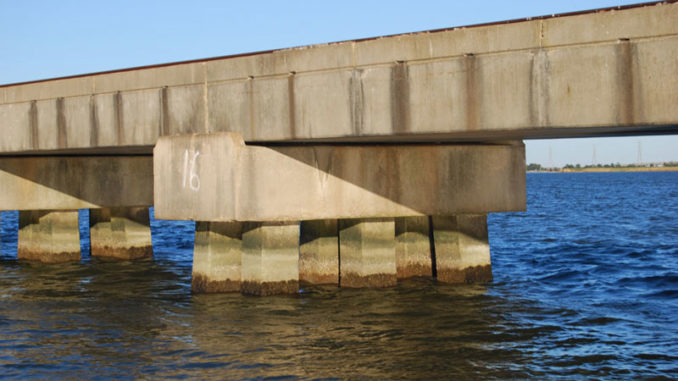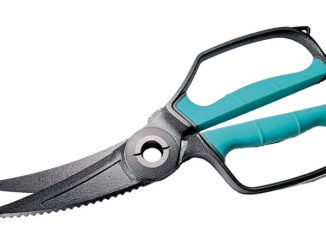
Crab trap buoys, pilings provide accurate info on wind’s tidal impact
Windy conditions are pretty much a way of life, especially along the Louisiana coast — and those breezes can have a big impact on tidal flow and the timing of high and low tides.
“Typically the speed of the tide is relatively accurate on those tide charts everybody gets off the internet,” said Chas Champagne, owner of Matrix Shad soft plastic lures. “But … the wind changes everything all the time. Those charts are just five-year predictions off the lunar table, so that’s like if the world was in a vacuum. Now by the coast, lunar gravity does create an issue because you’re dealing with the whole ocean, so it’s more accurate down around places like Grand Isle. But in any kind of bay or lake, the wind is such a big factor on it.
“If you get a big southeast wind, you’ll get a rising tide. If you get a northwest wind, it blows everything out and you get a fall in the tide.”
To get a real handle on a particular day’s conditions at his locale — in and around Lake Pontchartrain — Champagne simply keeps a close eye out as he starts his day. What he sees on the water goes a long way in determining where he might venture to target specks, or even sight-fish reds in ponds.
Keep an eye out
“What I do all the time, when we come out the pass first thing in the morning, I’m looking for any stationary object to run my boat 5 feet from so I can see the way the current is breaking on a piling — or crab traps work real well, too,” he said. “Then I can gauge the velocity around the break of the piling or the trap, and the direction of it, then I make my decision: I might like one area on a hard filing tide, so I’ll go there. If it’s lightly coming in, I might go somewhere else.
“For redfish, I have some ponds that hold a foot of water on average, and some that hold 8 inches of water on average — so if I see the tide is really coming in at Mach 3, then I’ll know I’ll be able to get into those skinny ponds that day,” he said. “But if I see it falling at Mach 3, I’ll know I need to stay away from the shallow ponds so I don’t get stuck.”
Just be aware of the wind’s impact on tidal estimates for your particular area, he said, then plan accordingly and get a good real-time reading using a piling or other stationary object in the water when you actually head out.
“If you have a 20 mph northwest wind and an incoming tide, it’s going to shake that tide up. It’s not going to be right on time,” Champagne said. “That water will drop a foot lower than a normal mean tide, and that goes for the whole state of Louisiana — northwest winds blow everything out.”


